Jennifer Ilonze
Does strengths of a positive direct antiglobulin test predicts the need for phototherapy and duration of phototherapy? – a single center, retrospective study
Ilonze, Jennifer; Kannan Loganathan, Prakash; Kumar, Rohit; Elliot, Chris
Authors
Prakash Kannan Loganathan
Rohit Kumar
Chris Elliot
Abstract
Use of Direct Antiglobulin test (DAT) in management of neonatal hyperbilirubinemia is conflicting. whether strength of positive DAT predicts the need for phototherapy, duration of phototherapy and need for major interventions. We retrospectively collected data on all DAT positive neonates with birth gestational age ≥32 weeks over six years (2014-2019). Data regarding blood group, DAT and clinical details were obtained from a hospital database. We also collected data on serial hemoglobin and other relevant laboratory parameters. We also collected data on infants receiving major interventions such as exchange transfusion, in-utero transfusion, immunoglobulins, and postnatal transfusion for the duration of the study period. All of these infants were electronically followed up for a period of 6 weeks. This study was approved by institutional audit authority. All the statistics were performed using SPSS software. Out of 1285 DAT tests performed, only 91 infants were positive (7%), and 78 DAT positive infants were available for analysis. There were 54 infants with DAT (1+), 15 infants with DAT (2+), 7 infants with DAT (3+) and 2 infants with DAT (4+). There was no significant statistical difference in terms of need for phototherapy, duration of phototherapy, need for major interventions and hemoglobin levels at different time points between the groups (DAT 1+ Vs DAT ≥2+; DAT ≤2+ Vs DAT >2). A Total of 10 infants received major intervention, with one infant receiving all three interventions (DAT 3+ with significant maternal antibodies), 2 additional infants (both DAT1+) received exchange transfusion, 6 additional infants received immunoglobulin (2 infants: DAT 2+; 4 infants: DAT 1+) and one additional infant (DAT 1+) with significant maternal antibodies received a postnatal transfusion. Strength of a DAT did not predict the need for phototherapy, duration of phototherapy, and the need for major hemolysis related intervention in the first 6 weeks of life.
Citation
Ilonze, J., Kannan Loganathan, P., Kumar, R., & Elliot, C. (2023). Does strengths of a positive direct antiglobulin test predicts the need for phototherapy and duration of phototherapy? – a single center, retrospective study. The Journal of Maternal-Fetal and Neonatal Medicine, 36(2), Article 2227910. https://doi.org/10.1080/14767058.2023.2227910
| Journal Article Type | Article |
|---|---|
| Acceptance Date | Jun 16, 2023 |
| Online Publication Date | Jun 25, 2023 |
| Publication Date | 2023 |
| Deposit Date | Nov 10, 2023 |
| Publicly Available Date | Nov 10, 2023 |
| Journal | The Journal of Maternal-Fetal & Neonatal Medicine |
| Print ISSN | 1476-7058 |
| Electronic ISSN | 1476-4954 |
| Publisher | Taylor and Francis Group |
| Peer Reviewed | Peer Reviewed |
| Volume | 36 |
| Issue | 2 |
| Article Number | 2227910 |
| DOI | https://doi.org/10.1080/14767058.2023.2227910 |
| Keywords | Hyperbilirubinemia, Neonatal - therapy, haemolysis, Coombs Test, Hemoglobins, phototherapy, Infant, Phototherapy, hyperbilirubinemia, Retrospective Studies, Infant, Newborn, Direct antiglobulin test, jaundice, Humans |
| Public URL | https://durham-repository.worktribe.com/output/1904286 |
Files
Published Journal Article
(1.3 Mb)
PDF
Licence
http://creativecommons.org/licenses/by/4.0/
Publisher Licence URL
http://creativecommons.org/licenses/by/4.0/
Copyright Statement
This is an Open Access article distributed under the terms of the Creative Commons Attribution License (http://creativecommons.org/licenses/by/4.0/), which permitsunrestricted use, distribution, and reproduction in any medium, provided the original work is properly cited. The terms on which this article has been published allow theposting of the Accepted Manuscript in a repository by the author(s) or with their consent.
You might also like
Effectiveness of hypothermia prevention devices for preterm infants: A laboratory study
(2024)
Journal Article
Downloadable Citations
About Durham Research Online (DRO)
Administrator e-mail: dro.admin@durham.ac.uk
This application uses the following open-source libraries:
SheetJS Community Edition
Apache License Version 2.0 (http://www.apache.org/licenses/)
PDF.js
Apache License Version 2.0 (http://www.apache.org/licenses/)
Font Awesome
SIL OFL 1.1 (http://scripts.sil.org/OFL)
MIT License (http://opensource.org/licenses/mit-license.html)
CC BY 3.0 ( http://creativecommons.org/licenses/by/3.0/)
Powered by Worktribe © 2025
Advanced Search
